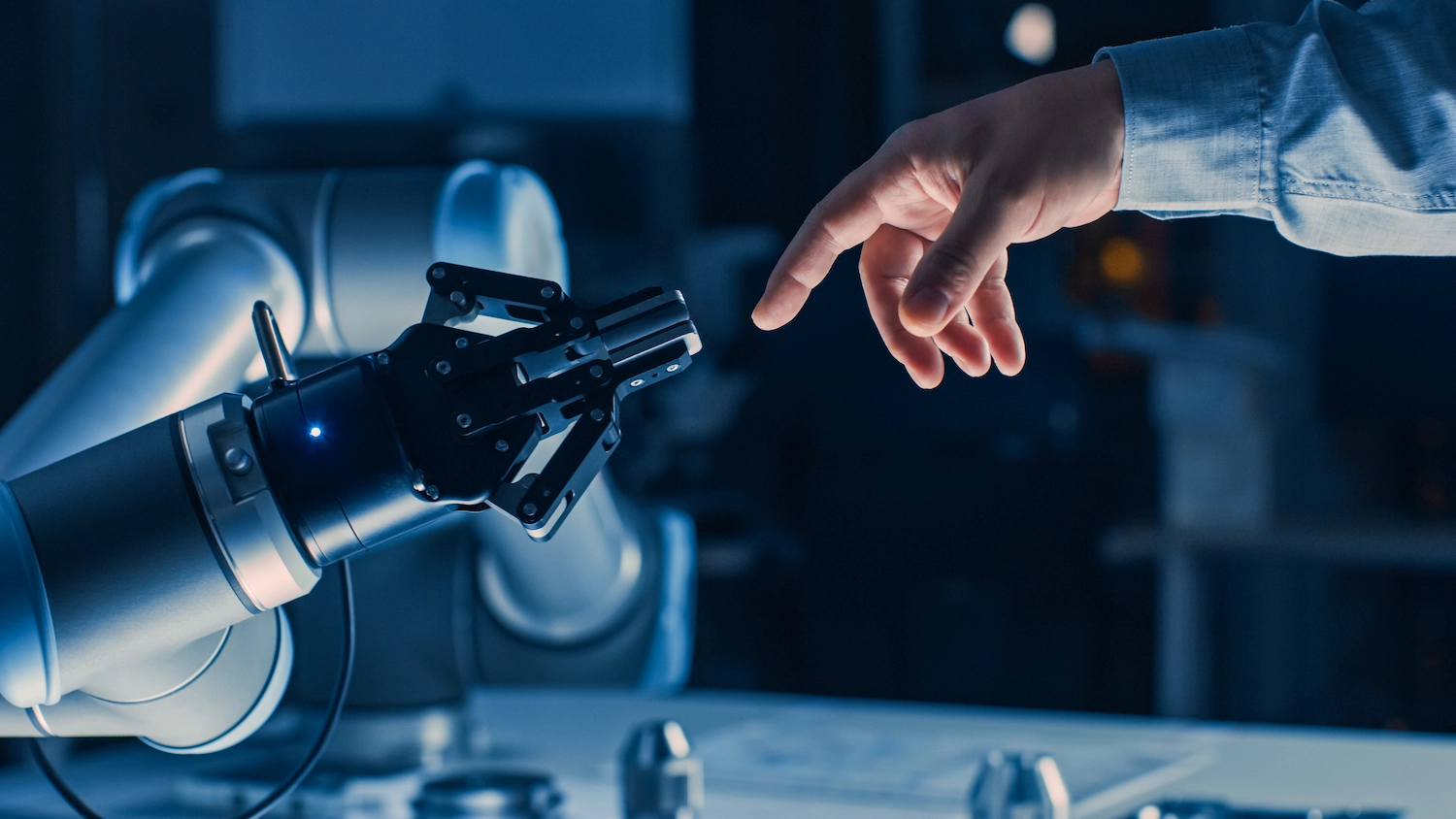
Thirty years ago, when the World Wide Web was introduced to the public, the concept of a computer was still novel to many, and internet access was far from universal. Since then, technology has become deeply integrated into our daily lives, with the past decade alone witnessing a surge of transformative innovations, including AI. Once merely a concept of science fiction, AI has now become a ubiquitous part of our everyday existence. The recent advancements in generative AI have even sparked concern among workers, with 37% of global employees fearing that this technology might replace their jobs. This apprehension is particularly pronounced in sectors like advertising & marketing (51%) and business support and logistics (46%) [1].
Contrary to popular belief that robots will soon take over most jobs, a recent study has unveiled a surprising twist: the main challenge isn't robots taking jobs but rather a shortage of human talent available to fill existing positions. This study forecasts that by 2030, there will be a talent deficit of more than 85 million people globally. Without proper measures to bridge this gap, the world could miss out on approximately $8.5 trillion in annual revenues by the same year, underscoring the critical need to tackle the imminent talent shortage [2]. In response, many companies are embracing technology, particularly digital workers, to automate routine tasks and significantly reduce employee workloads. This digital workforce can operate 24/7, making it a powerful force in scaling critical business operations and unlocking new growth opportunities
Digital workers – Who or What are they?
Originally, "digital worker" referred to employees with advanced digital skills and knowledge. However, the definition has evolved to denote software robots designed to execute specific tasks in collaboration with human workers. Forrester provides a detailed definition of digital worker automation as a synergy of intelligent automation (IA) components, such as conversational intelligence and robotic process automation (RPA). These digital workers are capable of understanding human intentions, answering inquiries, and performing actions on behalf of humans, thus enhancing control, authority, and the overall human experience in the workplace.
Bots vs Digital Workers: Know the Differences
While both bots and digital workers serve the purpose of facilitating business automation, they distinguish themselves through critical differences. Bots, such as those employed in robotic process automation, are designed to execute singular tasks. Each bot operates based on its programming, lacking the capability to evolve or adapt through machine learning, as it does not utilize artificial intelligence. Typical tasks performed by these bots encompass reading documents, executing copy-paste actions, and sending emails, among others.
Digital workers, unlike simple bots, are capable of handling end-to-end business functions, thereby enhancing the capabilities of human employees. These digital counterparts leverage a blend of technologies including machine learning, artificial intelligence, robotic process automation (RPA), and analytics to undertake more intricate tasks. This goes beyond the capabilities of basic bots, which are limited to automating singular tasks. The distinction between digital workers and bots is significant due to the comprehensive abilities digital workers possess that bots do not.

Are Employees Ready to Welcome Their New Coworkers?
While digital workers bring a plethora of advantages, employees often hesitate to embrace them. This reluctance largely stems from a resistance to change. A striking statistic reveals that 70% of digital transformation efforts fail, with employee resistance being a primary cause [3]. Employees tend to trust and feel more comfortable with existing processes than with new software, leading to a hesitancy towards adopting new technologies and methodologies. Additionally, cybersecurity risks heighten these fears, with worries about data breaches and the vulnerability of sensitive information in AI systems. The most alarming concern for many is job loss; projections indicate that AI could displace as many as 300 million jobs globally, leaving many workers anxious about their future employment [4].
The growing number of digital workers has sparked job security fears. Yet, it's an opportunity for career development through upskilling. An IBM report shows that 25% of companies are using AI to combat labor shortages, suggesting a shift towards embracing AI [5]. This transition offers a chance for employees to upgrade their skills in AI, enhancing their value to employers and ensuring their roles evolve with technology. Rather than viewing AI as a threat, employees should see it as a means to innovate and secure their positions by adapting to technological advancements.






























